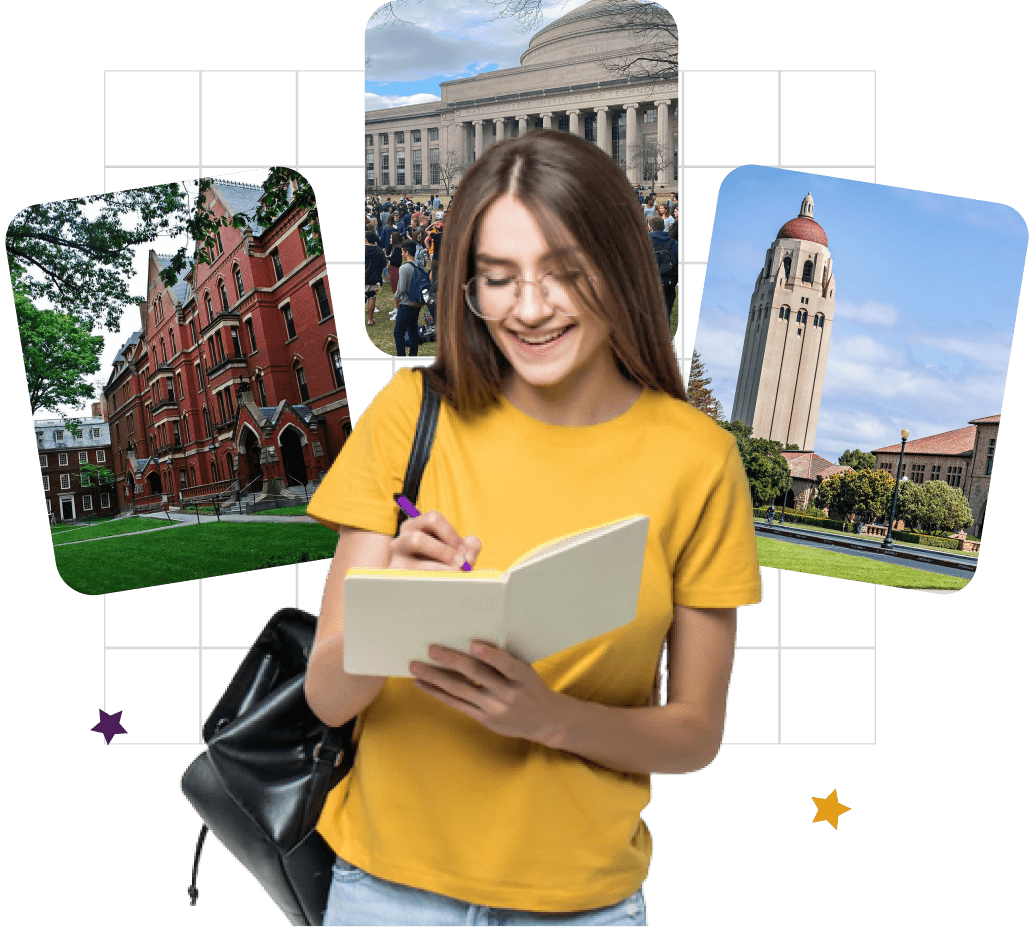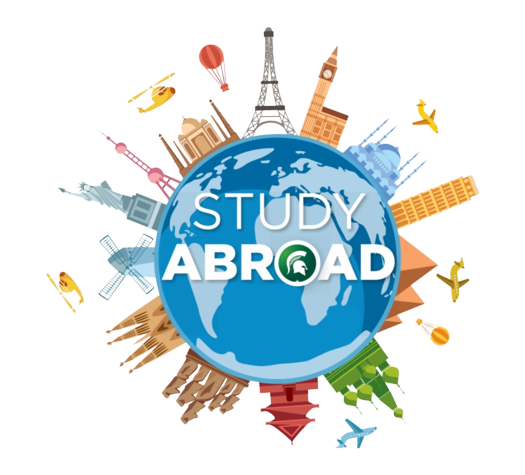- Personal expenses: These might include buying stuff for yourself like clothes, entertainment, and personal care items. Depending on your way of life and spending patterns, the cost of personal costs might change. You should budget $200–300 each month for personal costs.
You may also need to plan for other fees like textbooks, travel, and health insurance in addition to these fundamental living costs.
It’s crucial to keep in mind that these are only estimates and that your real living costs can differ. Contacting the international student office at the university you’re interested in attending is the easiest approach to acquire a precise estimate of your living costs. More detailed information regarding the cost of living in the city where the university is located may be obtained from them.
Important USA Government laws beneficial for international students:
International students can obtain health insurance, financial aid, and job possibilities through the Student and Exchange Visitor Program (SEVP), among other advantages.
International students studying in the USA have their rights safeguarded under the Immigration and Nationality Act (INA). International students cannot be subjected to prejudice based on their race, religion, or country of origin, according to the INA.
All American workers, including overseas students, must adhere to the Fair Labor regulations Act’s (FLSA’s) minimum wage and overtime compensation regulations. This indicates that foreign students have a right to receive the minimum pay for their labor.
These are only a handful of the laws in the USA that are helpful to foreign students. Understanding these regulations and your rights is crucial if you are an international student.








